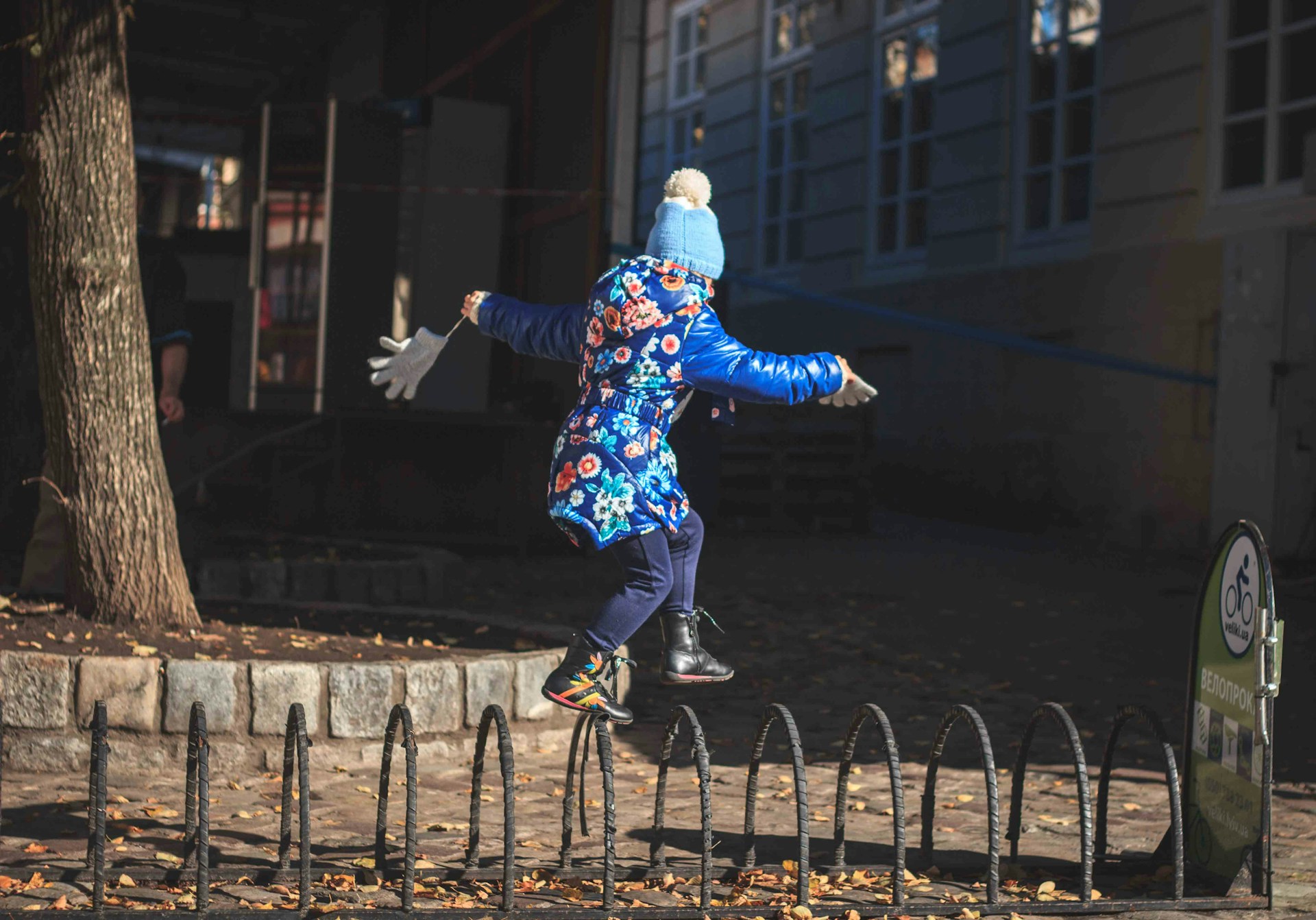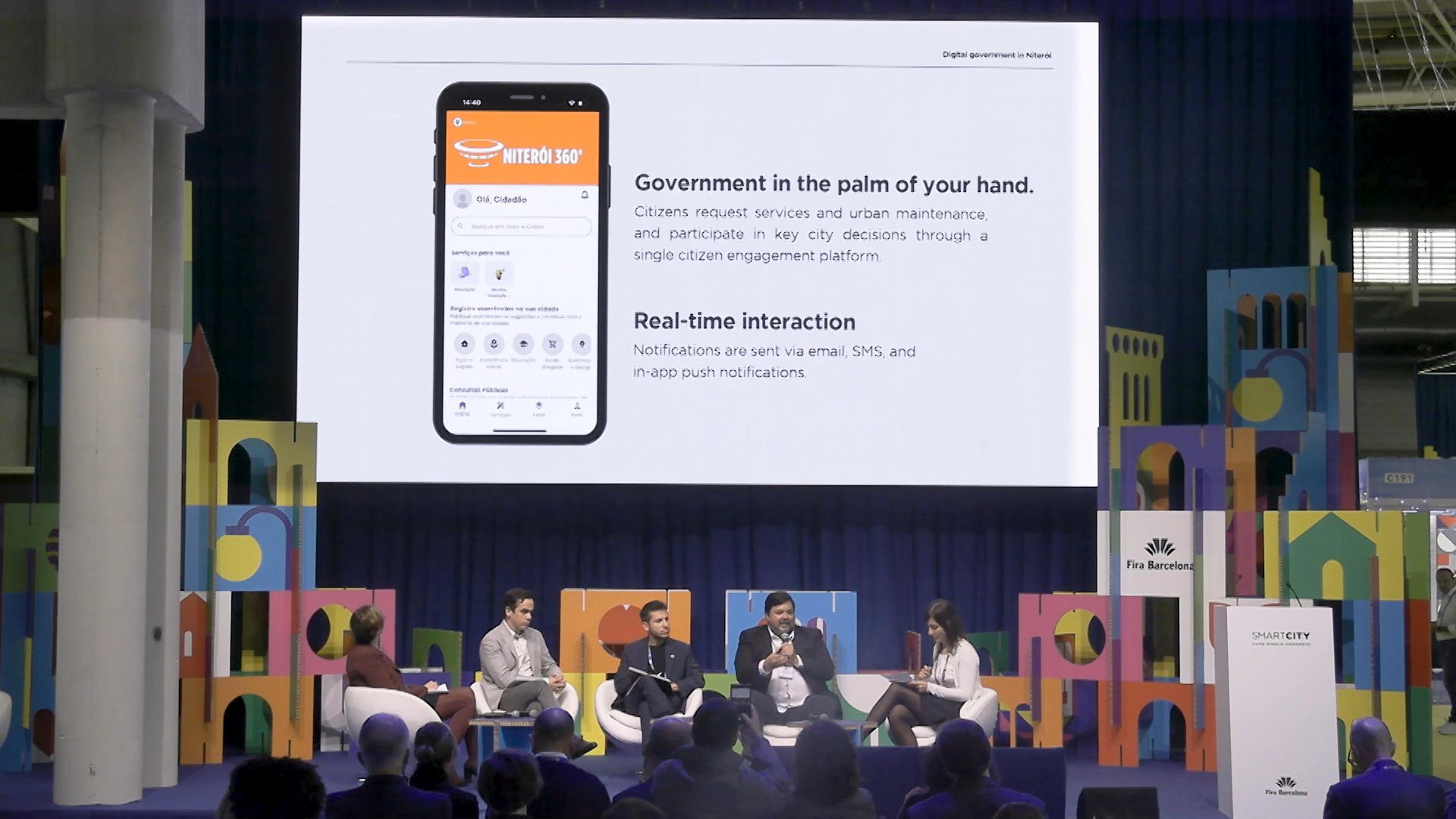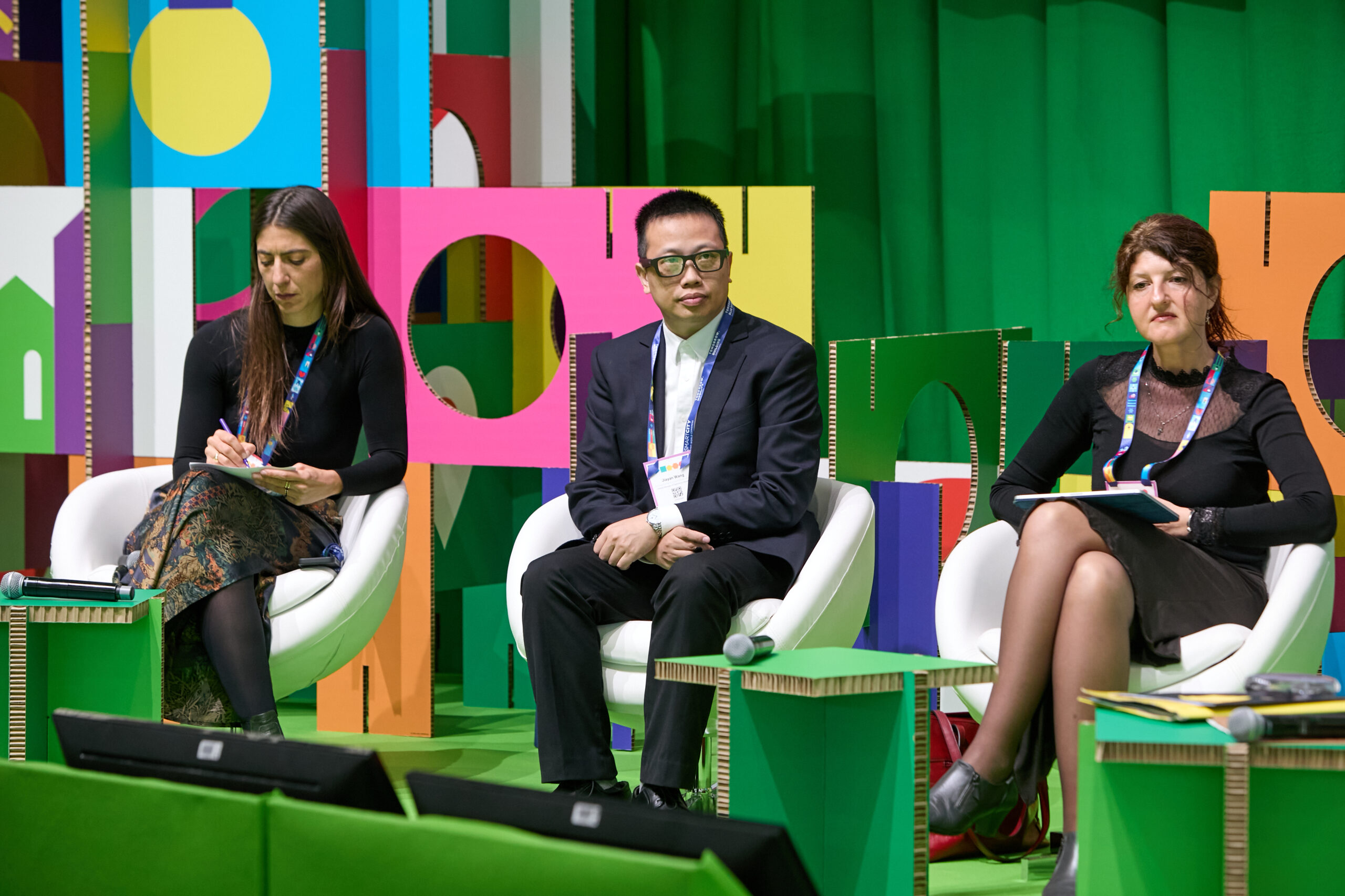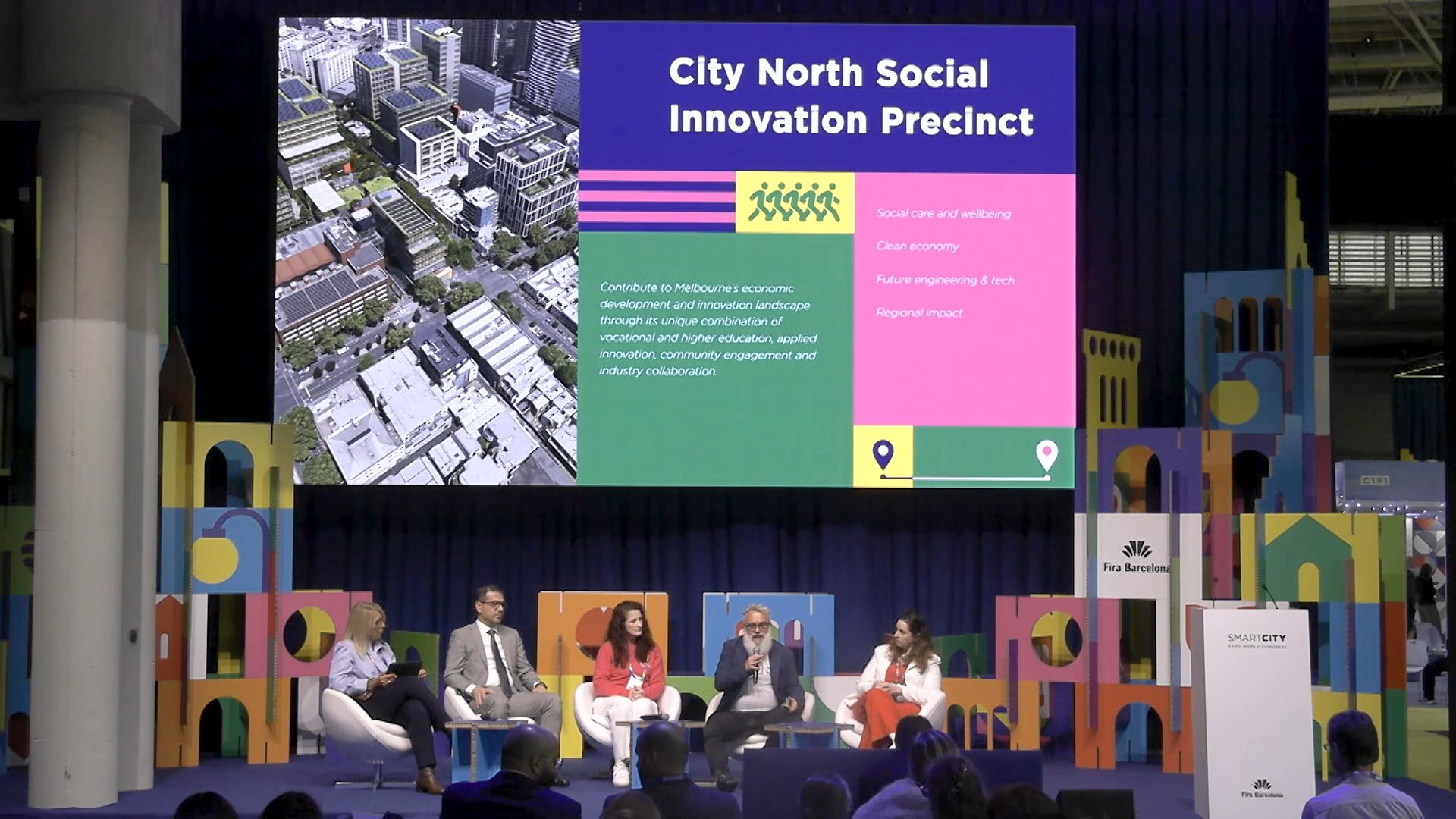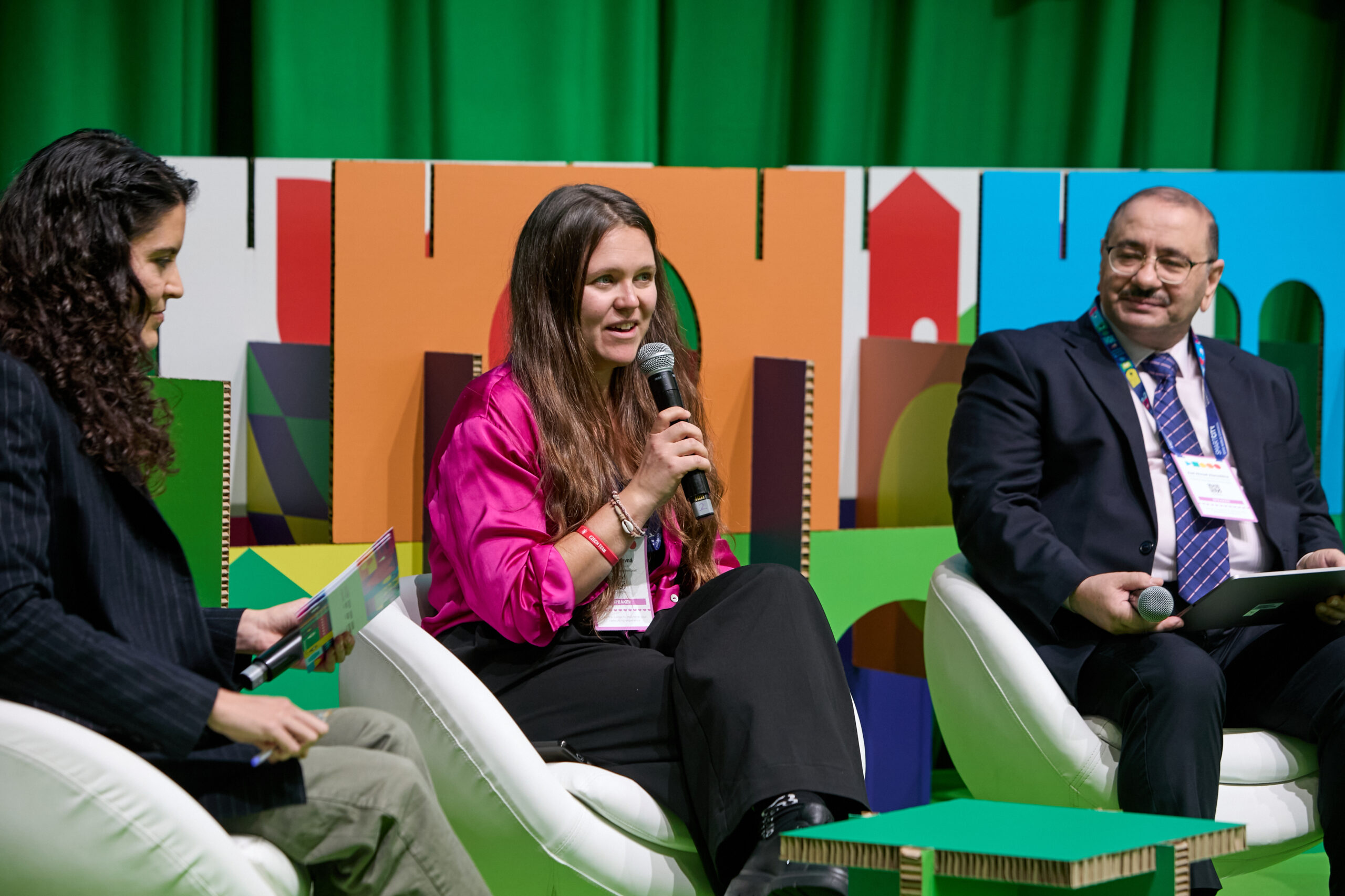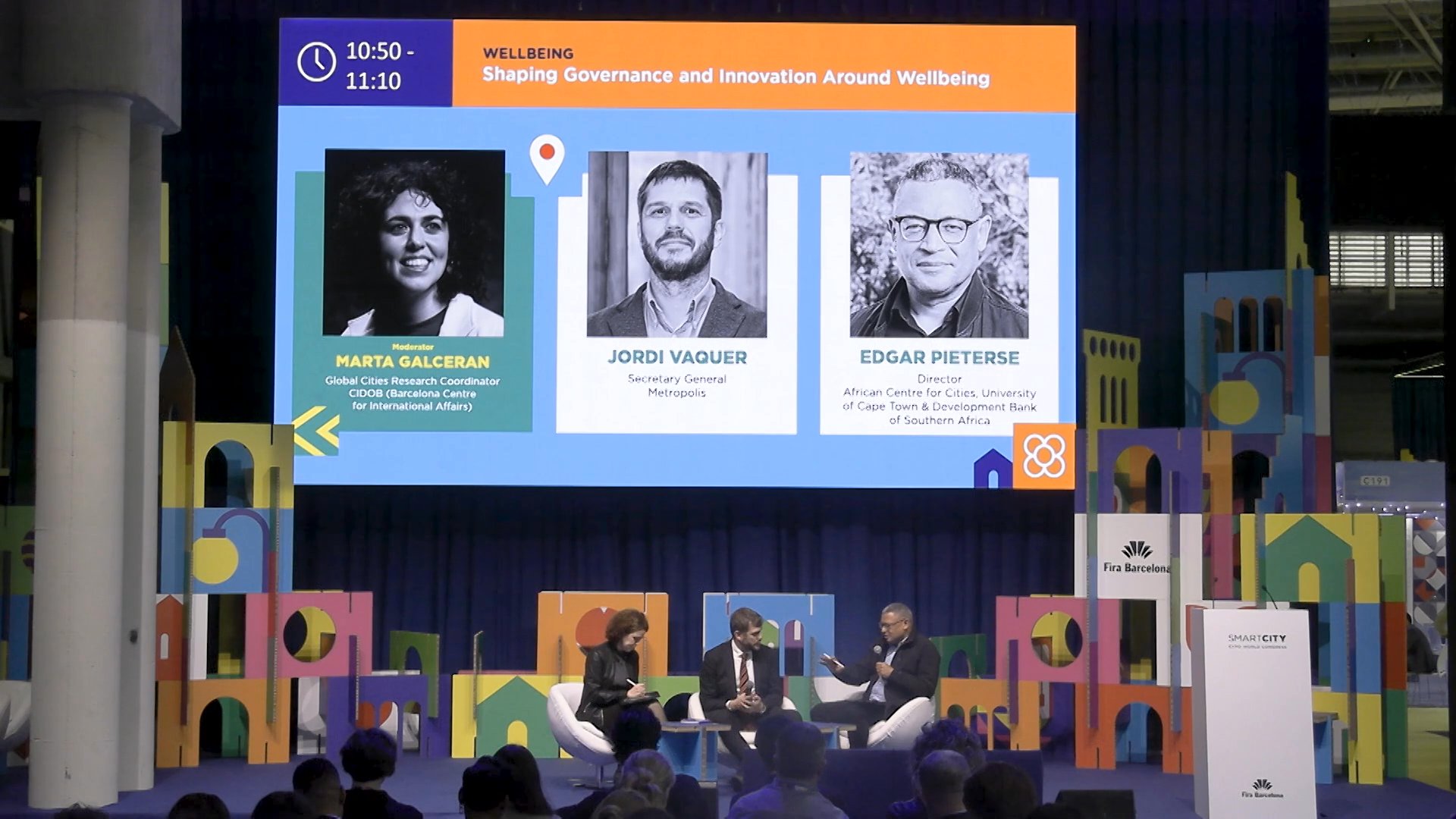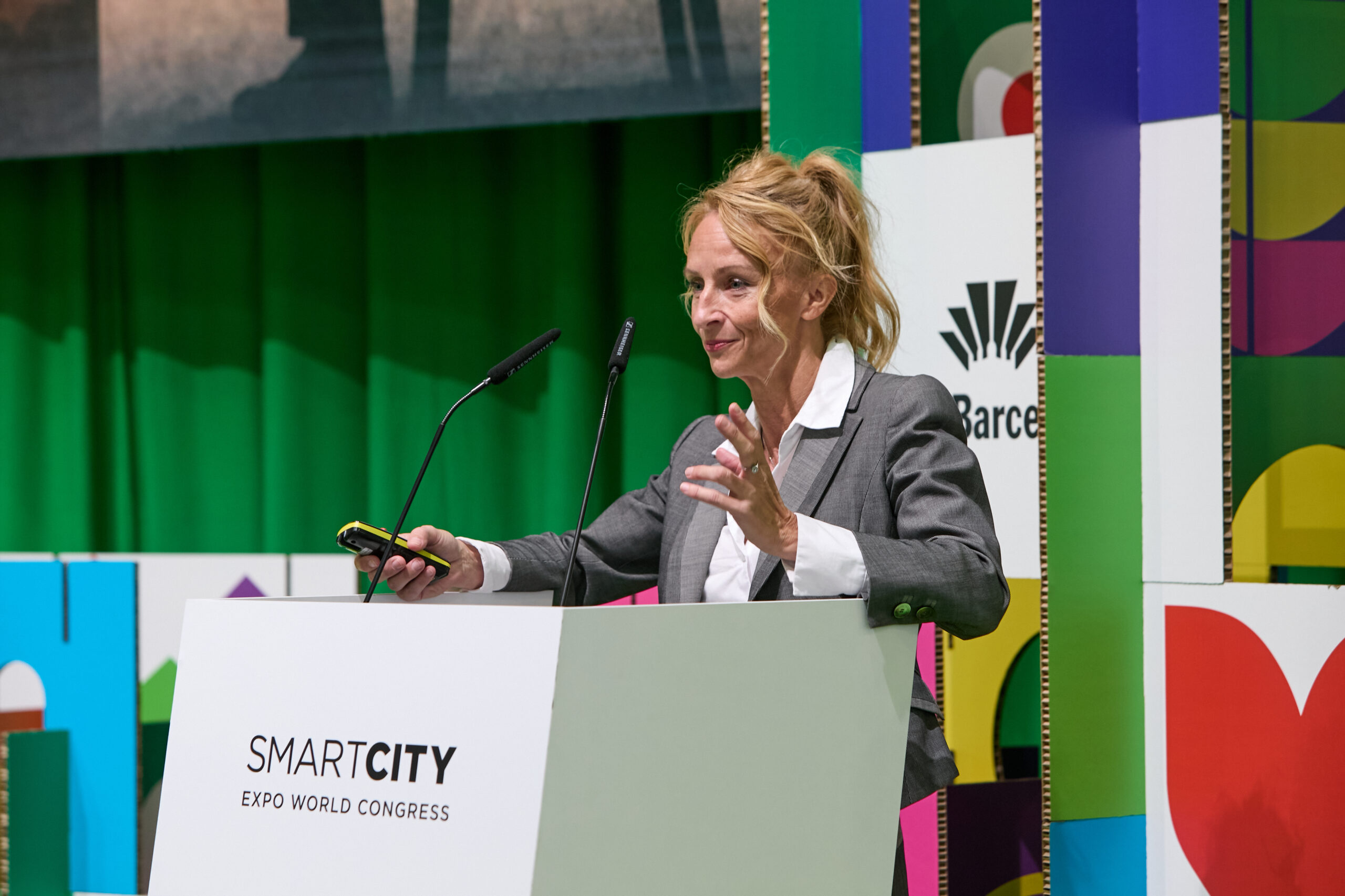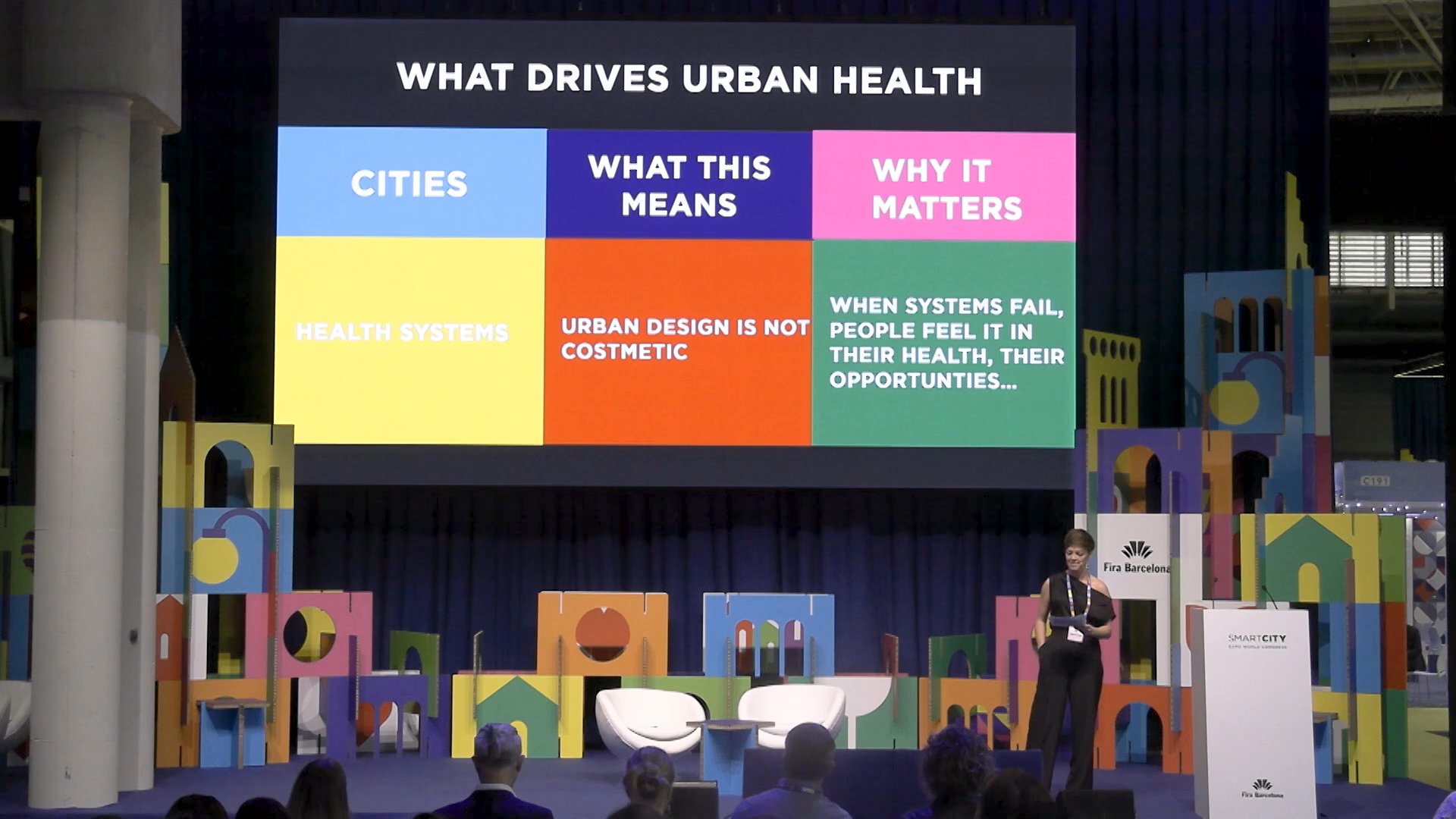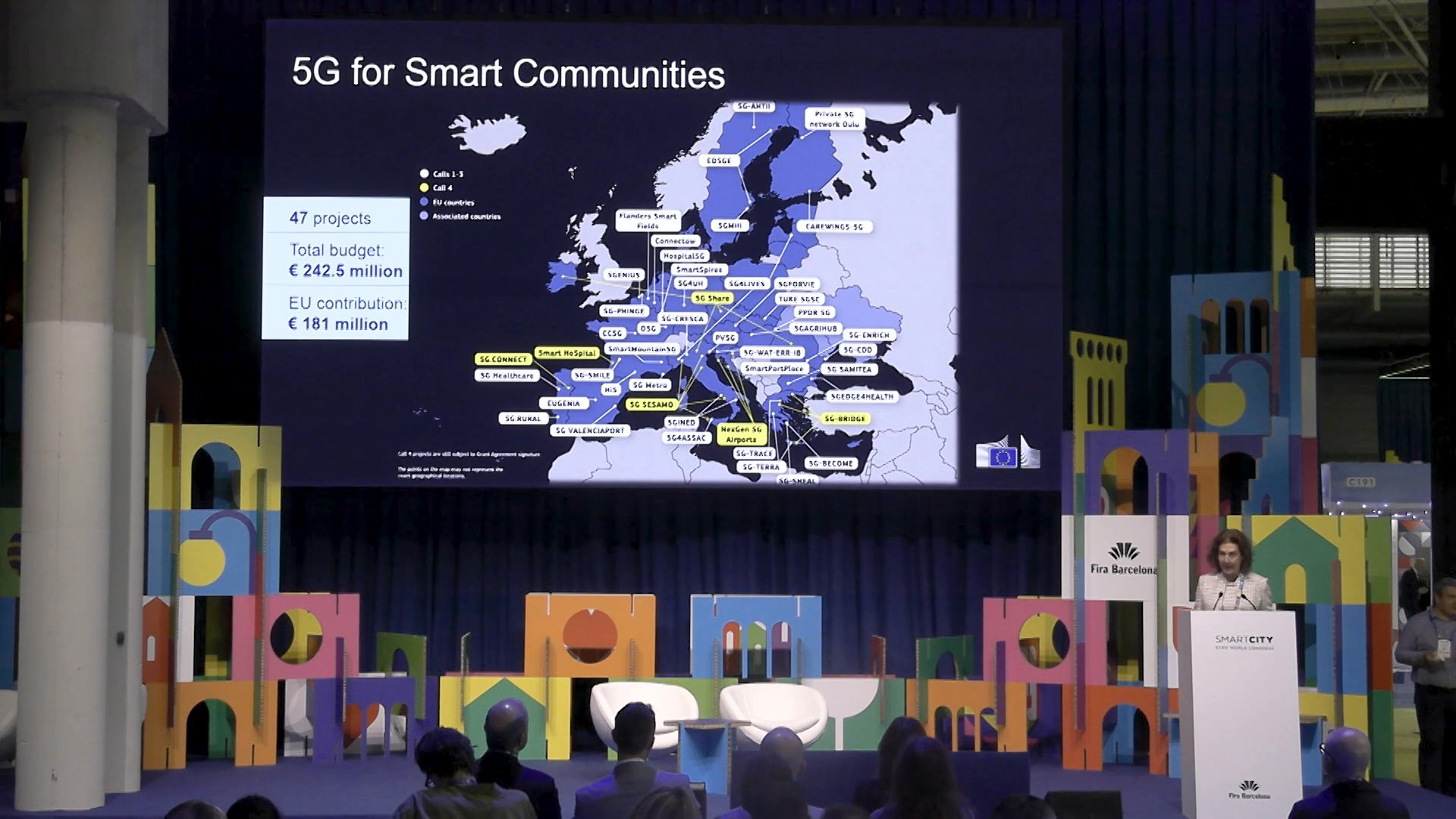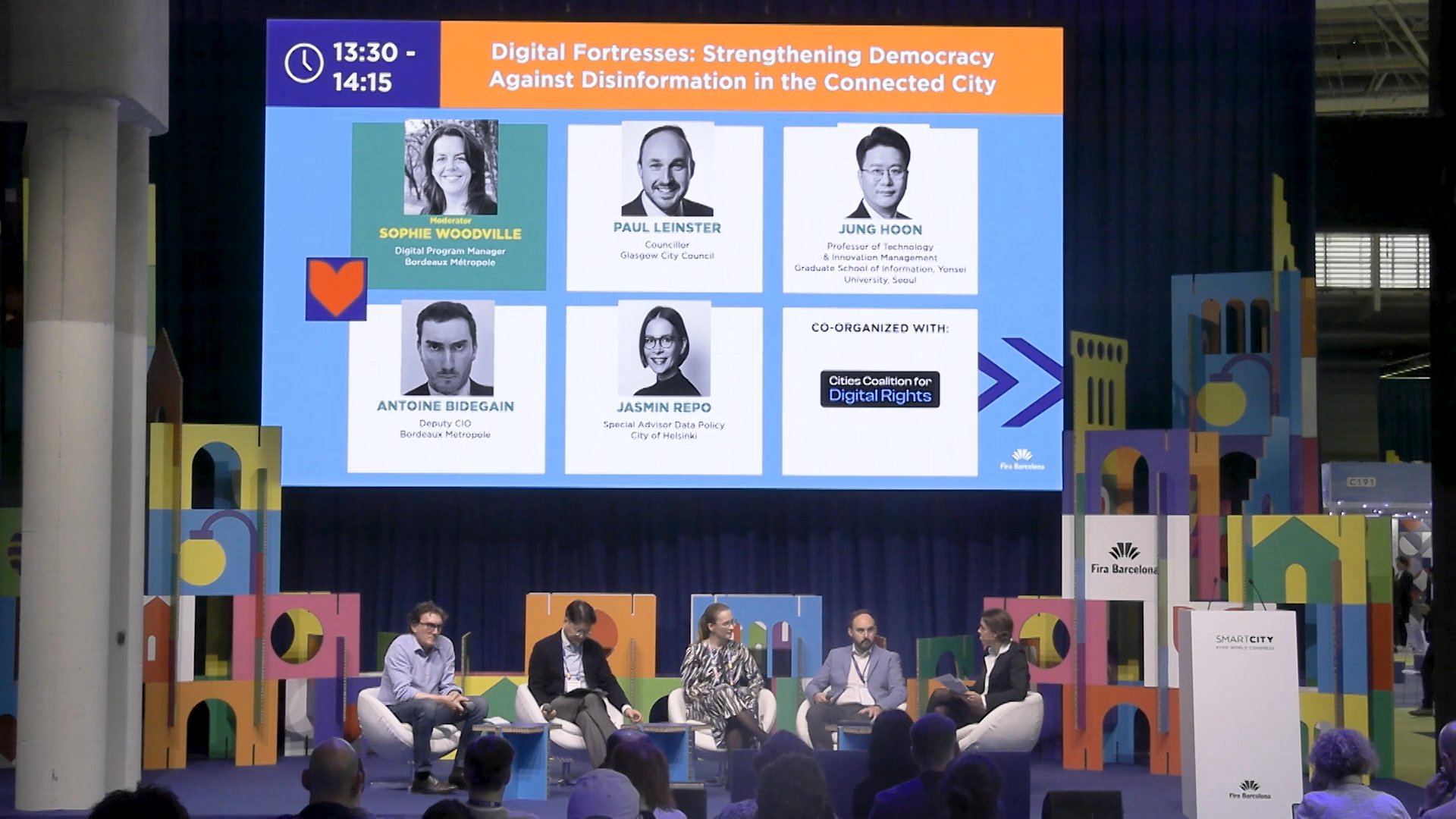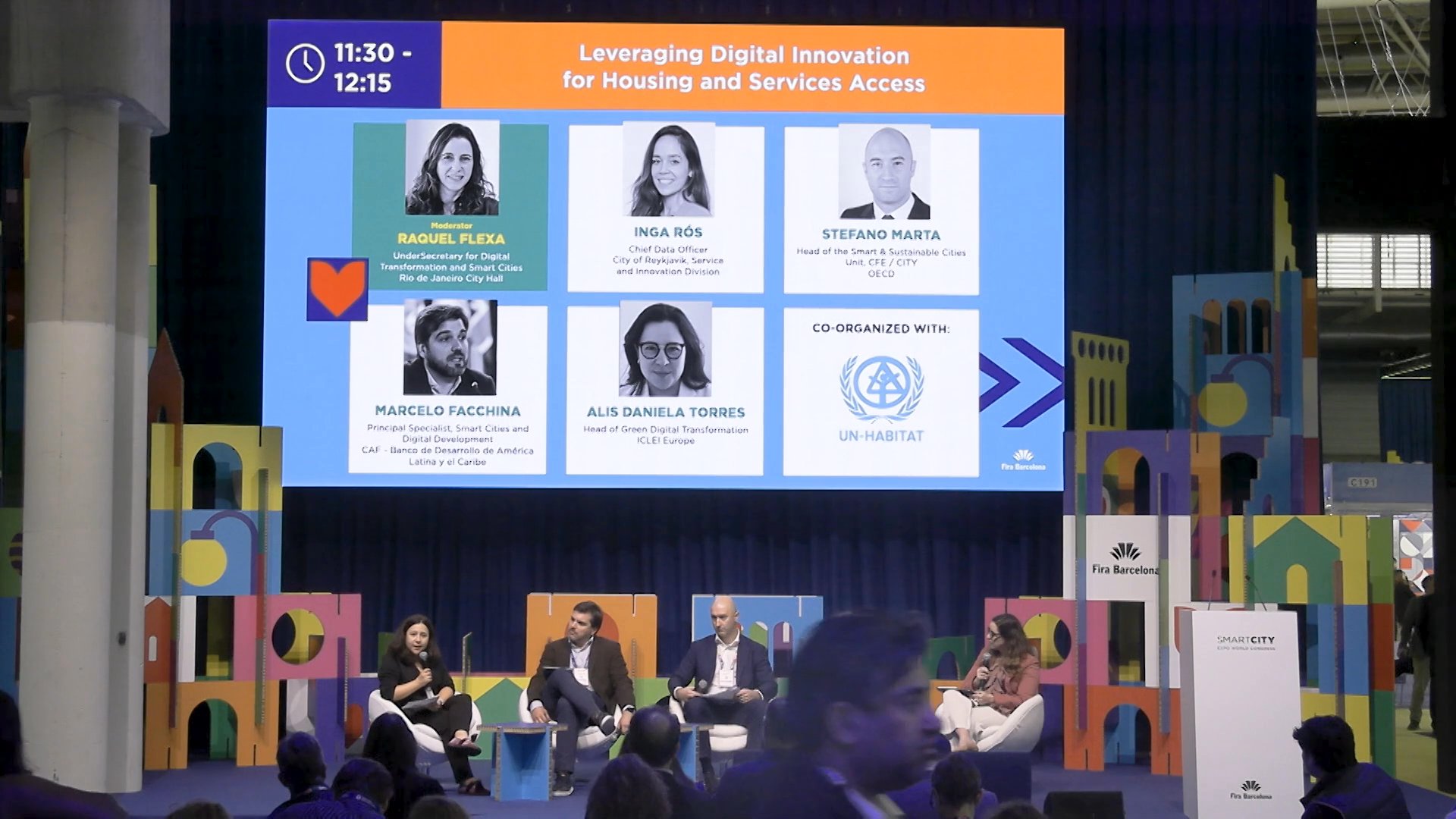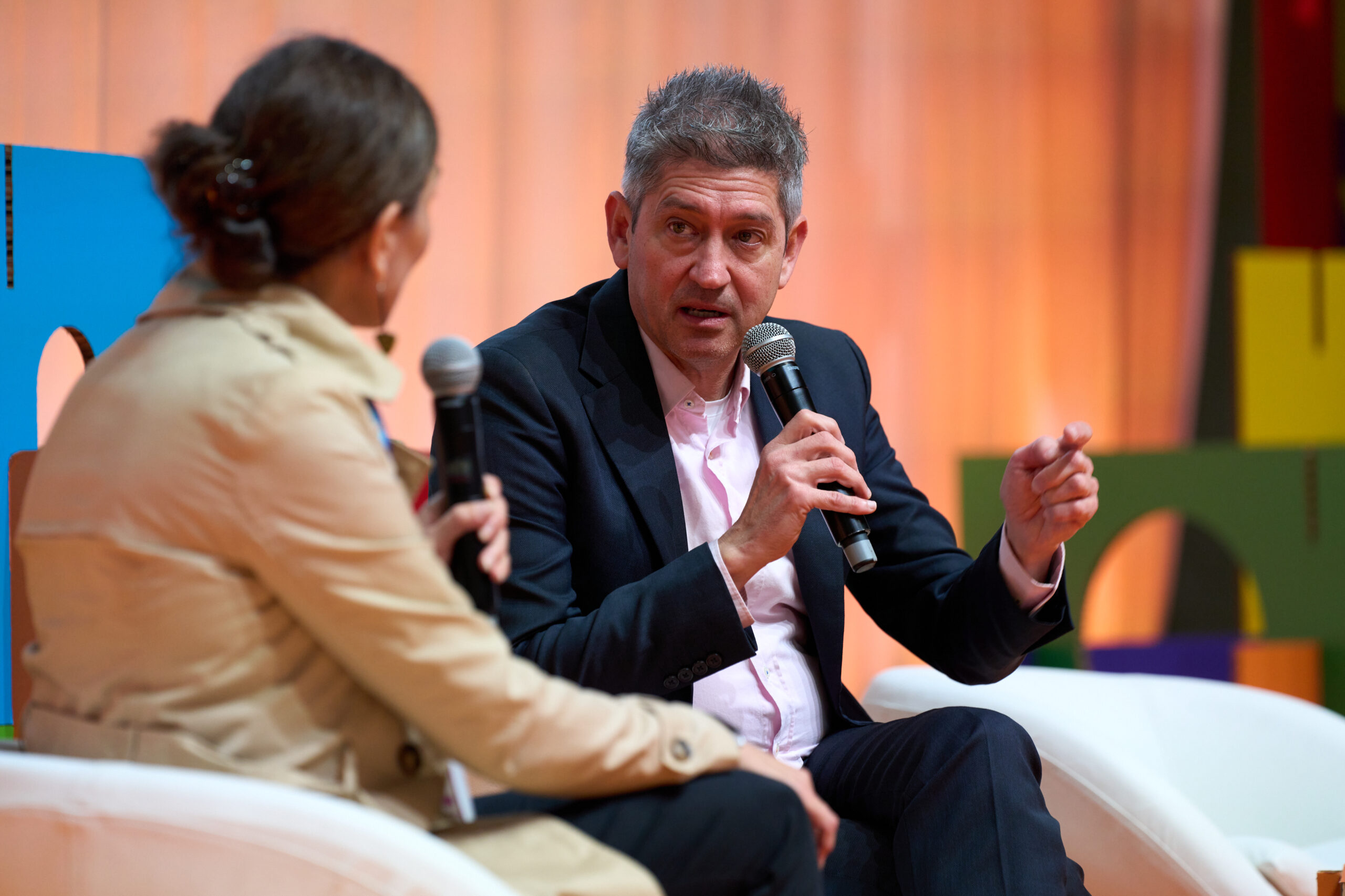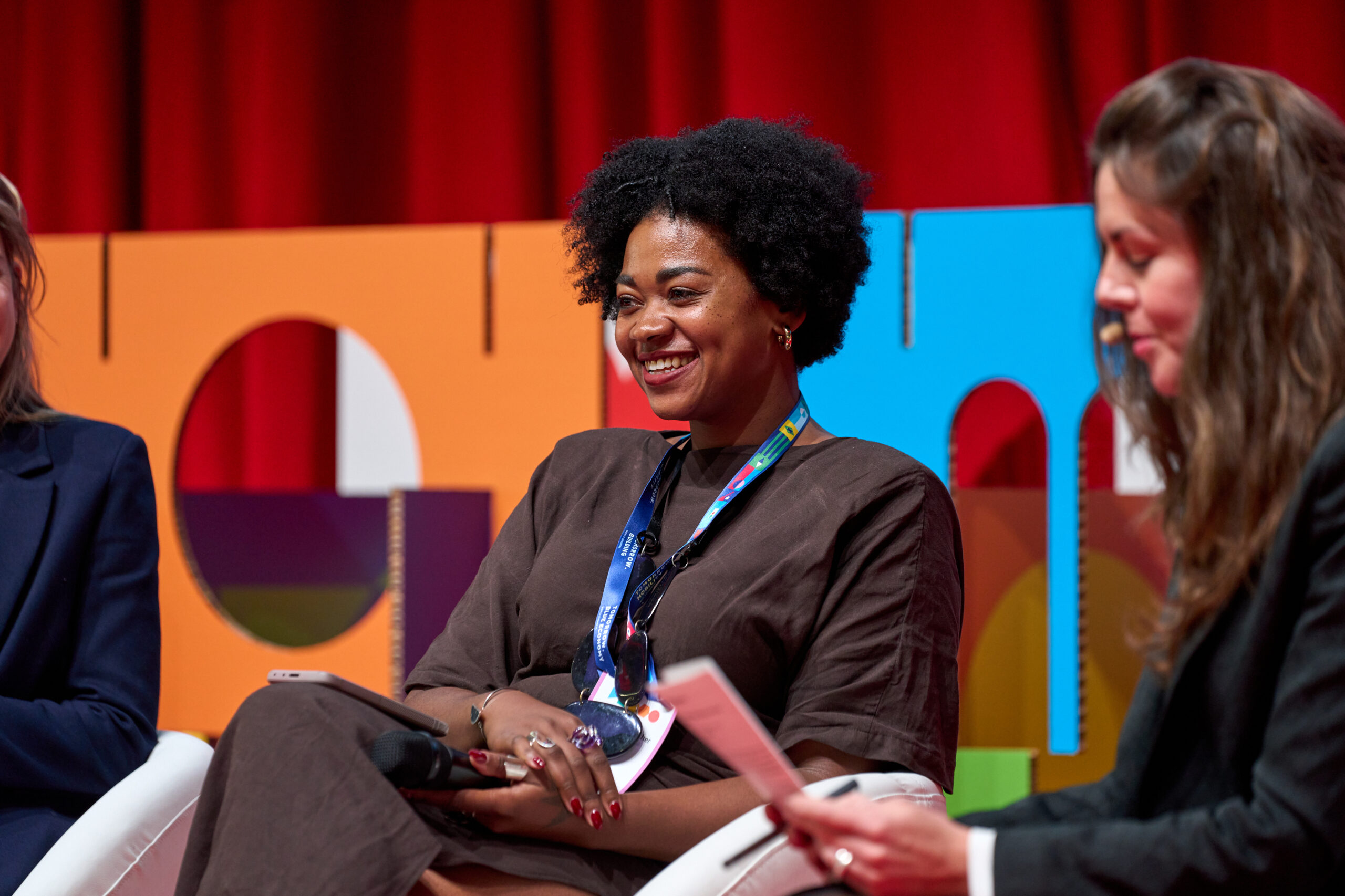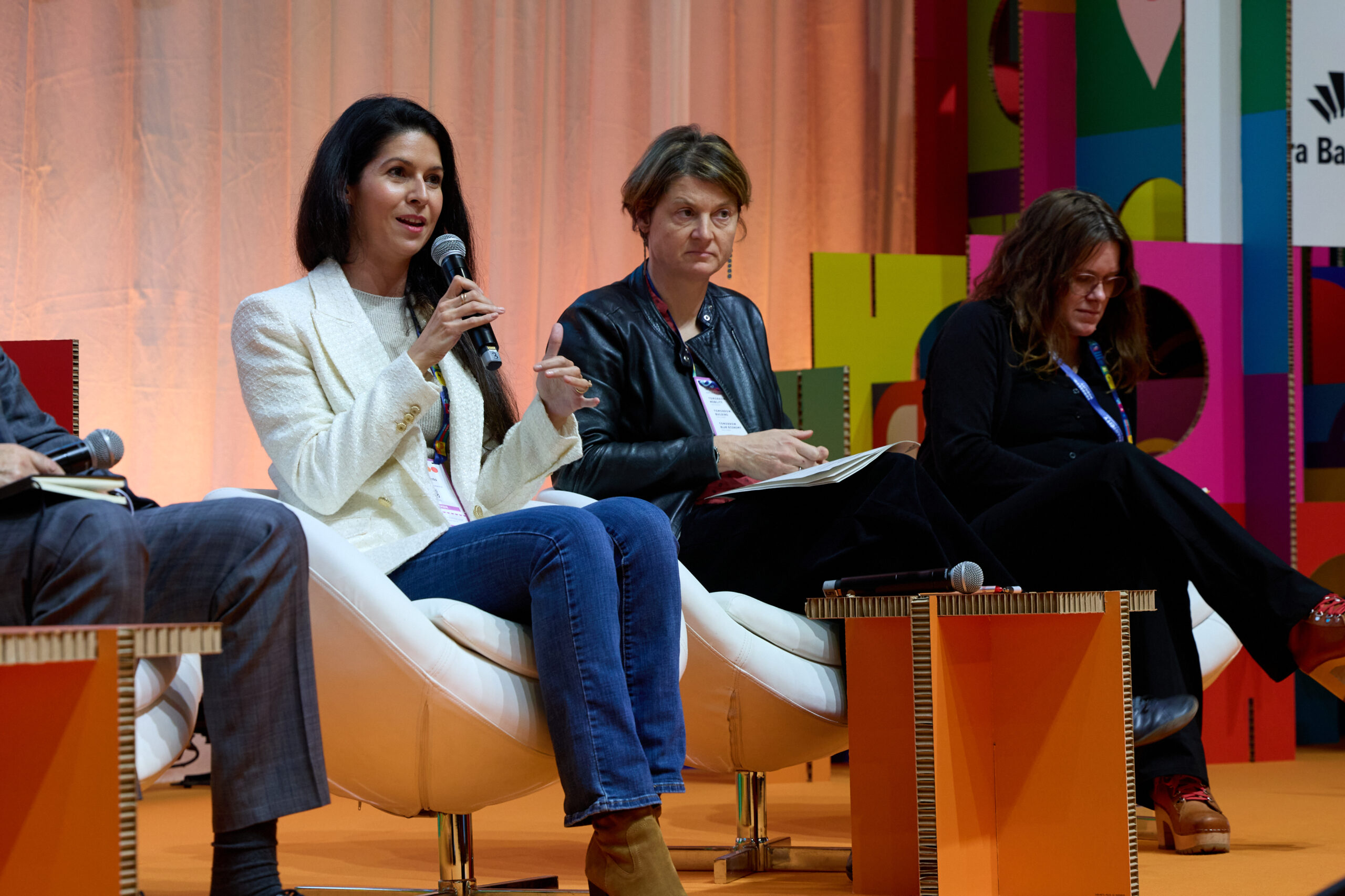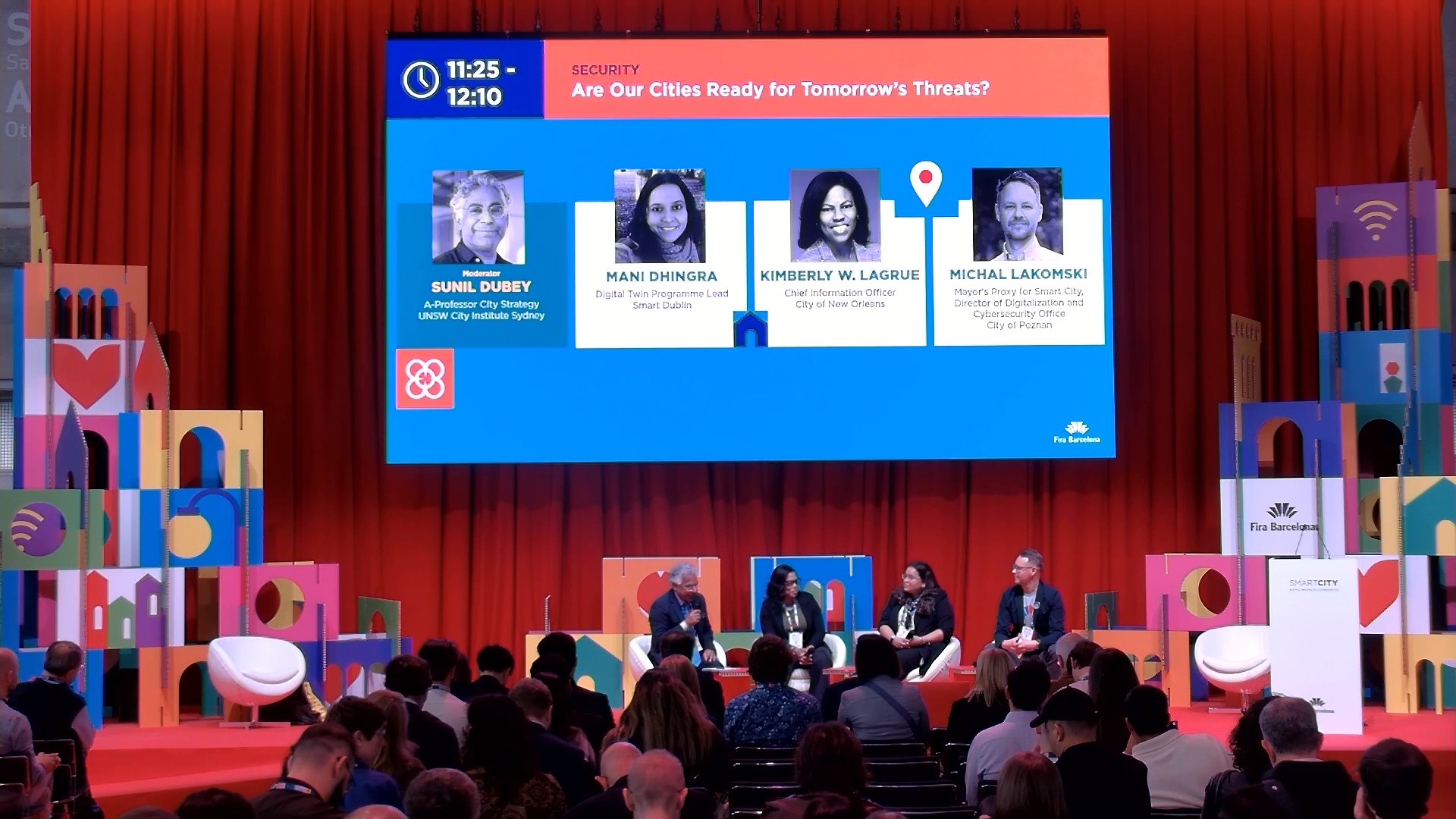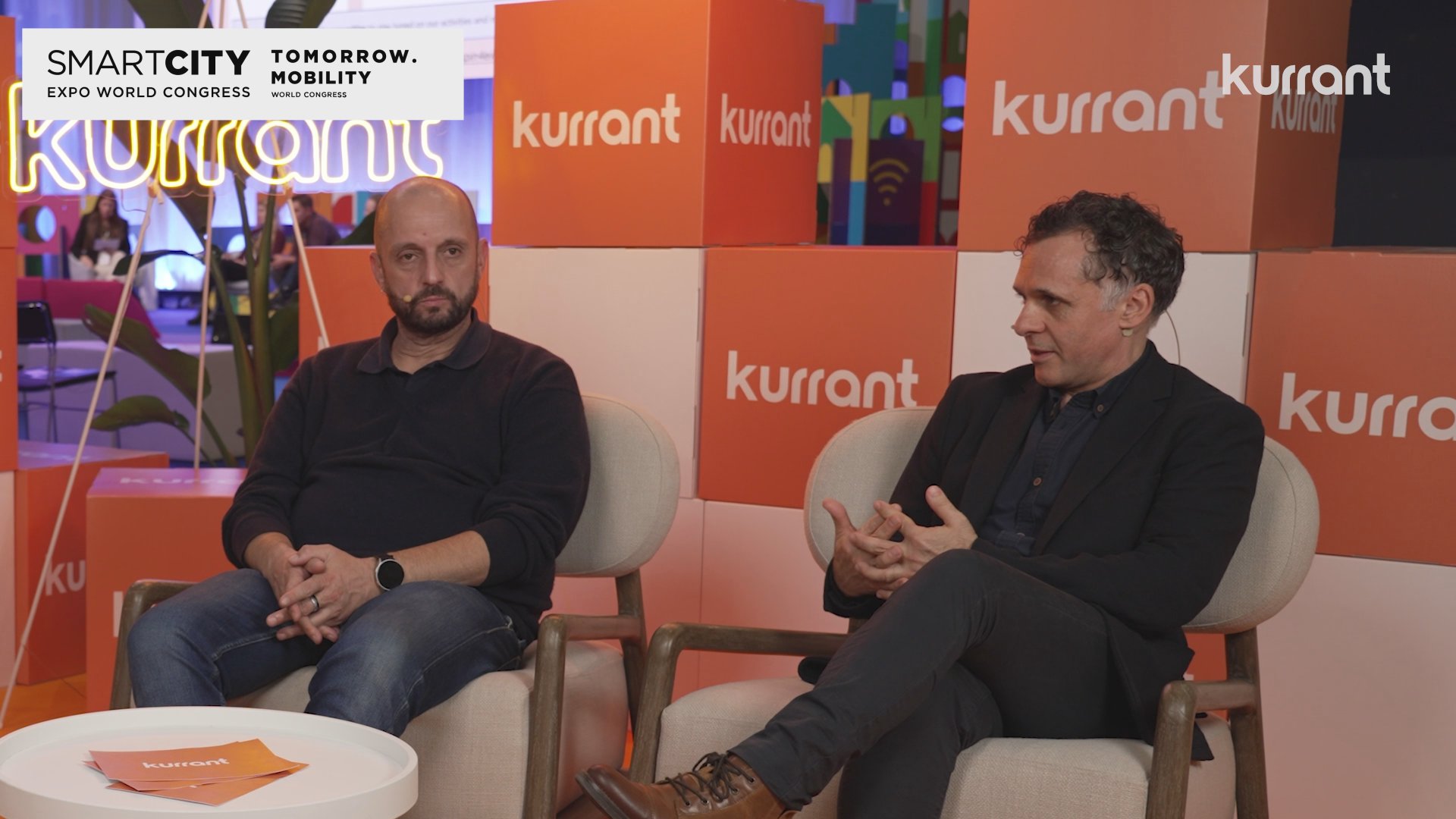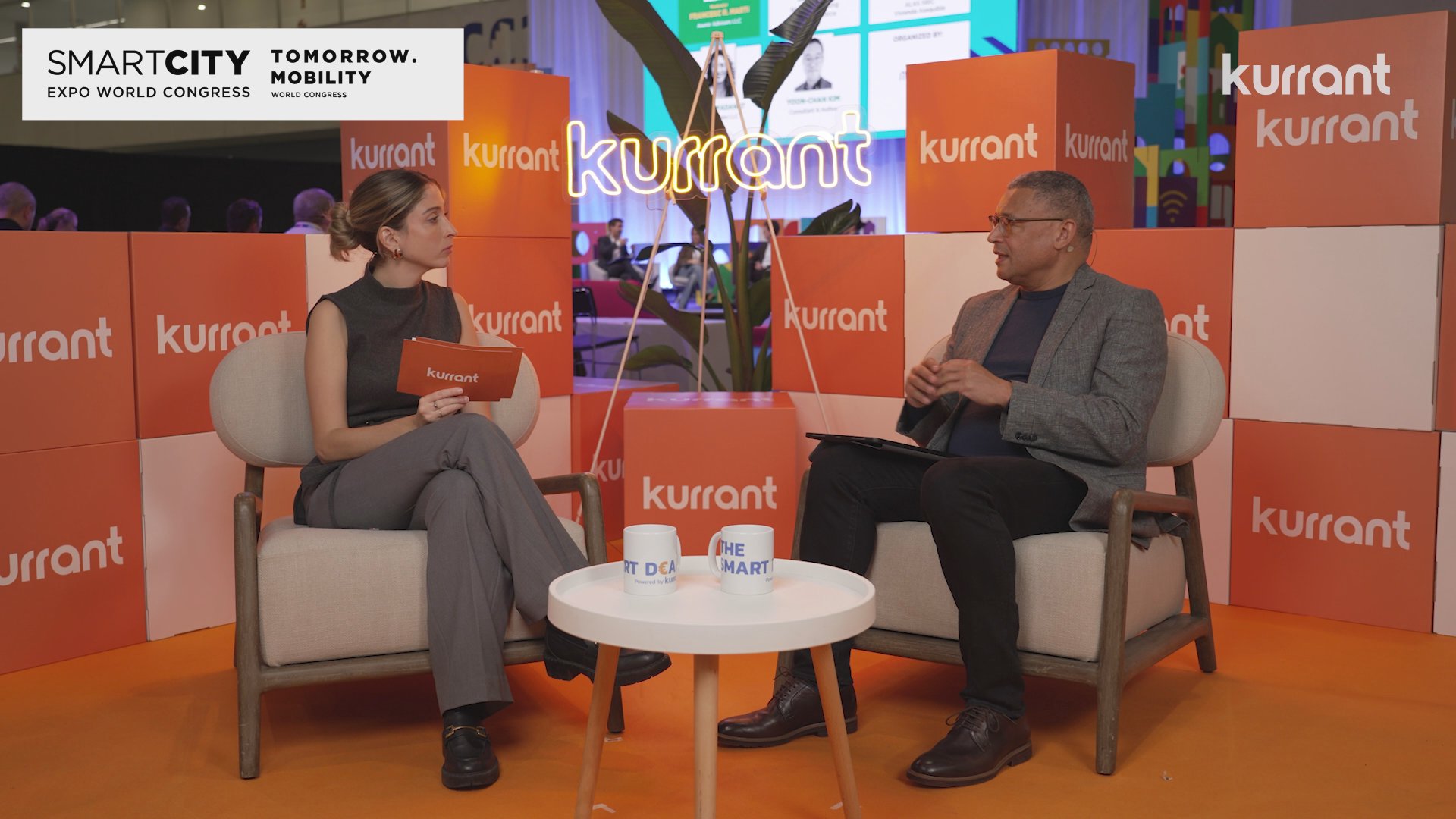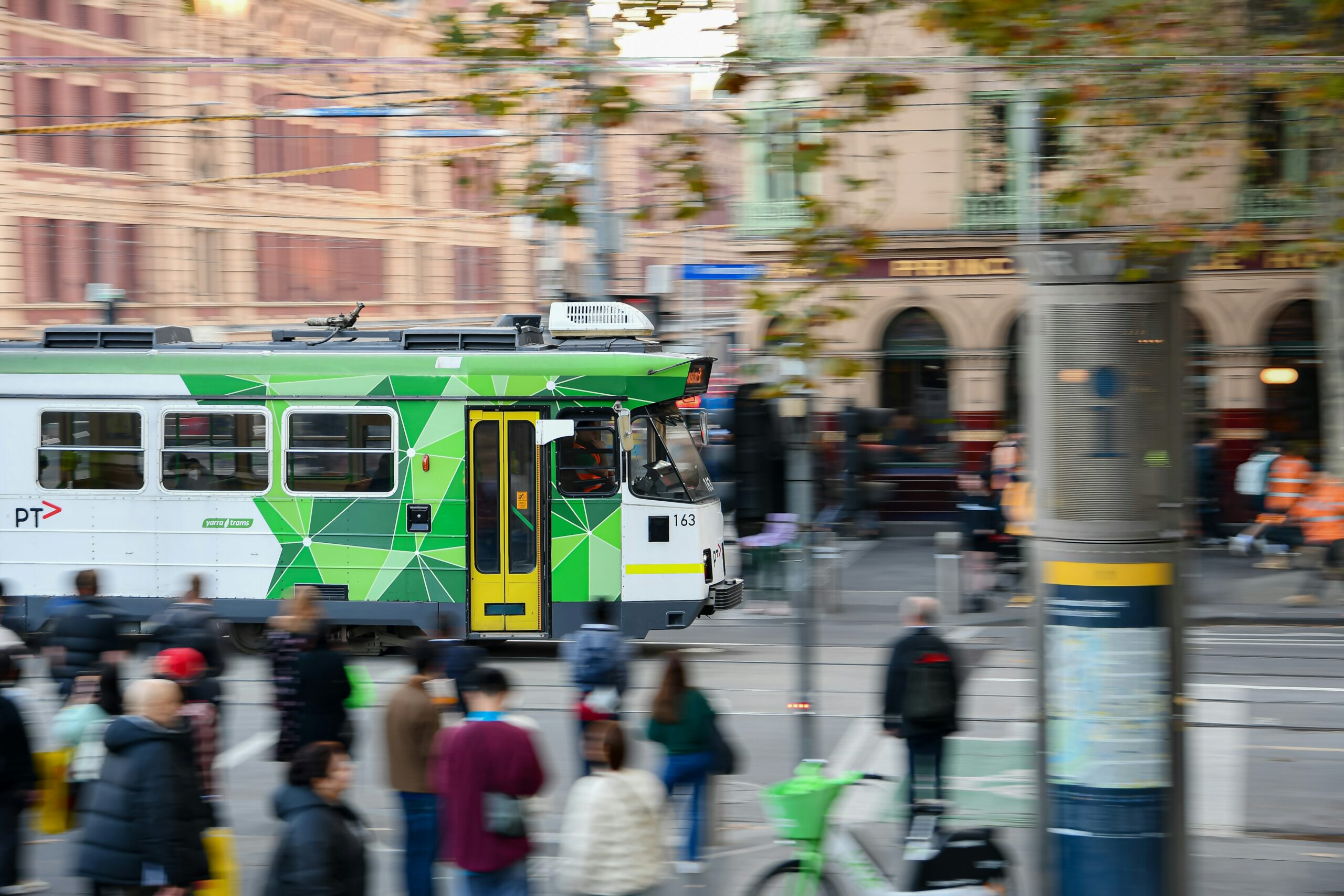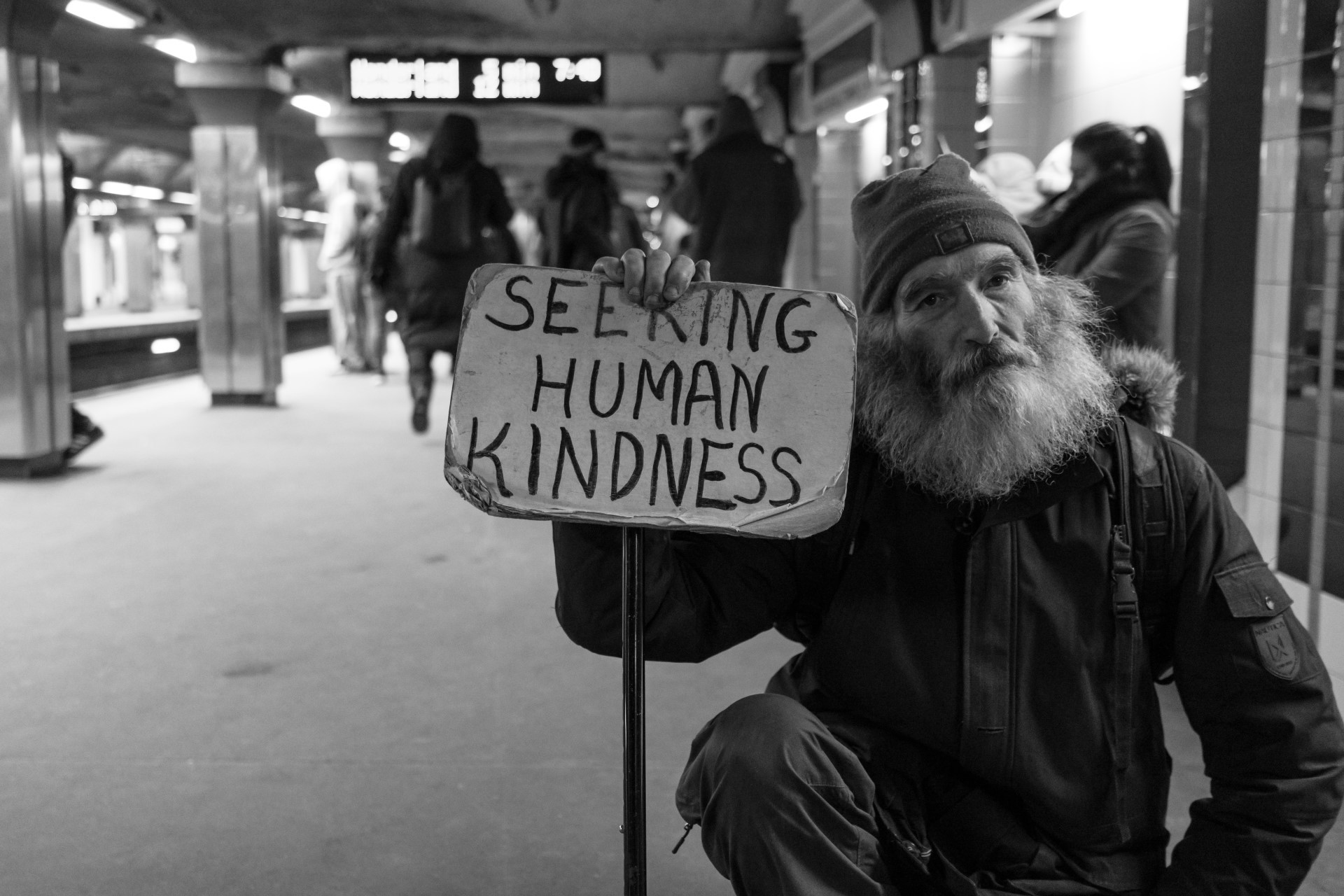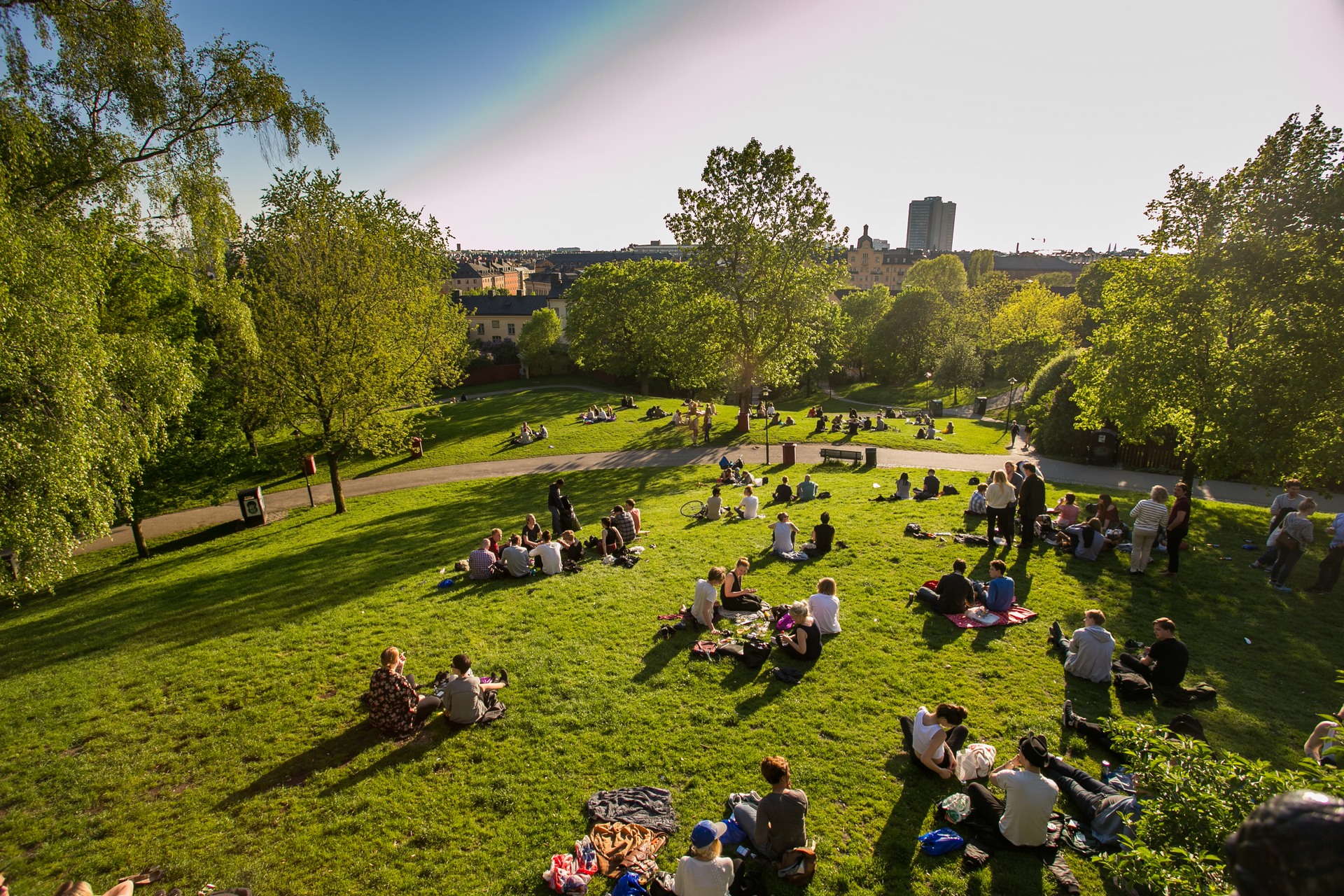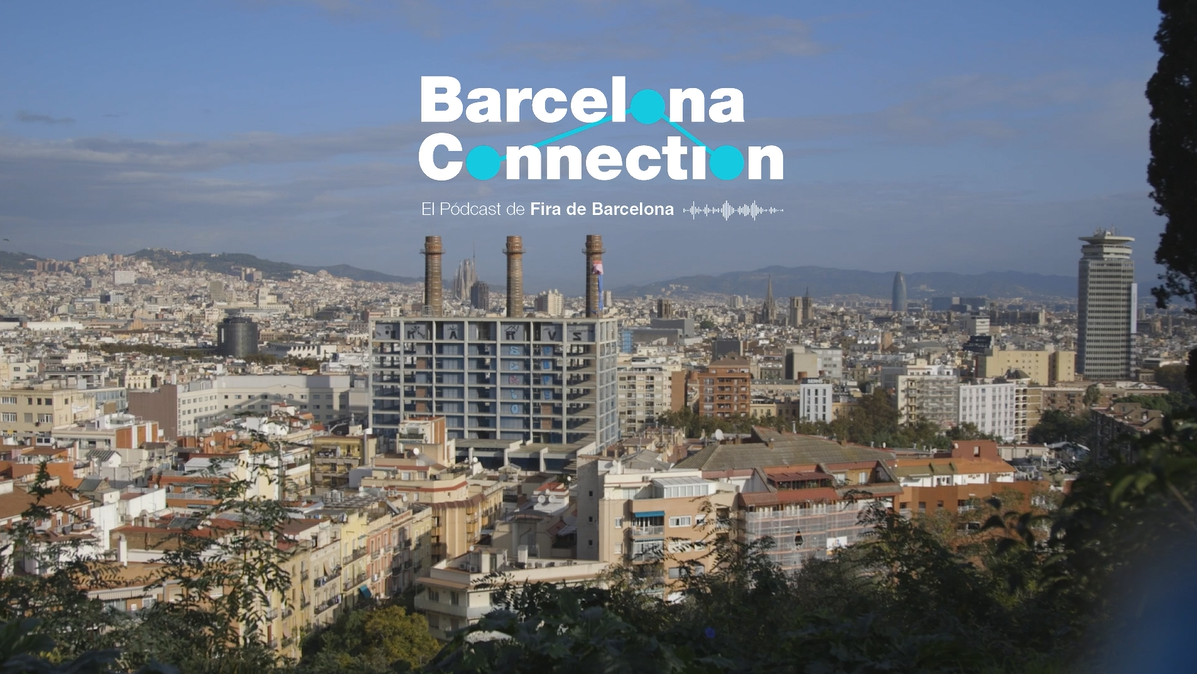Author | Elvira Esparza
It is not just declining birth rates that explain the absence of children in urban spaces. Cities are not designed with children in mind, limiting their opportunities for free play. However, some cities are launching initiatives to address this issue and create more outdoor spaces for children.
Just a few years ago, children playing in the streets was a familiar sight. It was common in Madrid when I was a child. In my neighborhood, safety was never an issue, which meant we could play freely, without adults, and with ample space, away from cars. Now, however, children’s play spaces are restricted to enclosed parks, where they are always under the watchful eye of their parents.
Are the streets dangerous for children?
According to a report by Educo, children themselves view this as true. The findings leave little room for doubt: 1 in 3 children feel that the streets of their city or community are unsafe, although the dangers they face vary greatly between cities. The risks faced on the streets of more developed cities are vastly different from those in capitals of countries with high crime rates.
What are the most common dangers on city streets?
The dangers that most affect children can be divided into two types:
- Violence: In cities with high crime rates, it is common for children to be unable to play alone on the streets due to the risk of becoming victims of crimes, ranging from theft to abduction.
- Accidents: The heavy presence of cars on the streets has resulted in an increase in pedestrian accidents at crossings, traffic lights, and school exits, posing a significant risk to children. Cars have also contributed to the reduction of available space in cities for children to play and socialize.
Overprotection and loss of autonomy

In their desire to protect children from harm, parents have leaned toward overprotection. Parents escort their children to school, pick them up in the afternoons, take them to extracurricular activities, and even accompany them to the park. As a result, children have lost their ability to navigate the streets on their own, as they are always accompanied by their parents, often traveling by car. In fact, many neighborhoods lack sidewalks, making it difficult to walk along the streets.
Furthermore, outdoor play without adult supervision has been replaced by enclosed parks and play areas, where adults are always present. The result of overprotection is that children lack the opportunity to develop skills that come from spontaneous play in the streets. Furthermore, children’s capacity for socialization has been reduced, as they are nearly always accompanied by their parents.
Cities designed for children
Given the lack of space for children in most cities, there is an urgent need for urban planning that prioritizes children, with safe areas, accessible mobility, and access to play. Some cities have begun developing initiatives to create safe spaces for both children and the elderly.
In Barcelona, the Superblocks (Supermanzanas) program, part of the city’s Urban Mobility Plan, has transformed the city by reallocating space from cars to pedestrians. The closure of certain streets to traffic has led to the development of safe areas for children, including more trees, seating, playgrounds, and sports activity zones.
In Copenhagen, the design of streets and public areas prioritizes both the safety and enjoyment of children. Accessible by foot and bike, the city boasts numerous parks and green spaces that provide safe areas for children to play.
Urban planning designed for children must include spacious play areas, open courtyards, wide sidewalks, benches, parks, and, most importantly, consider the opinions of children to ensure their acceptance, to design the public spaces.
Photos | InfoTimisoara, Andriy Babchiy
